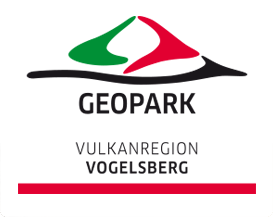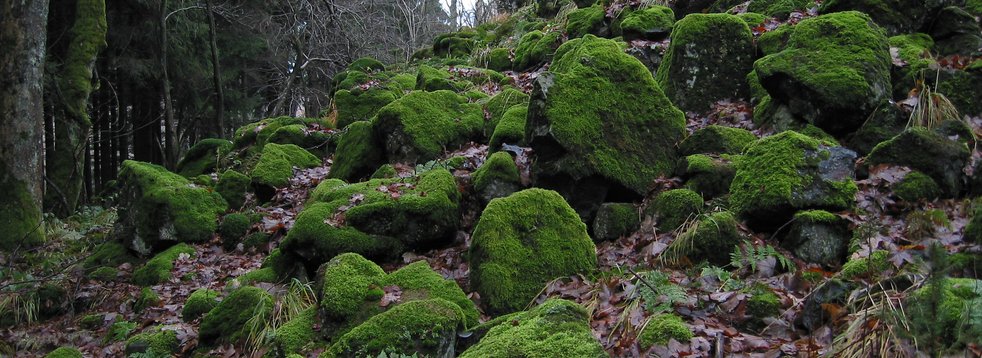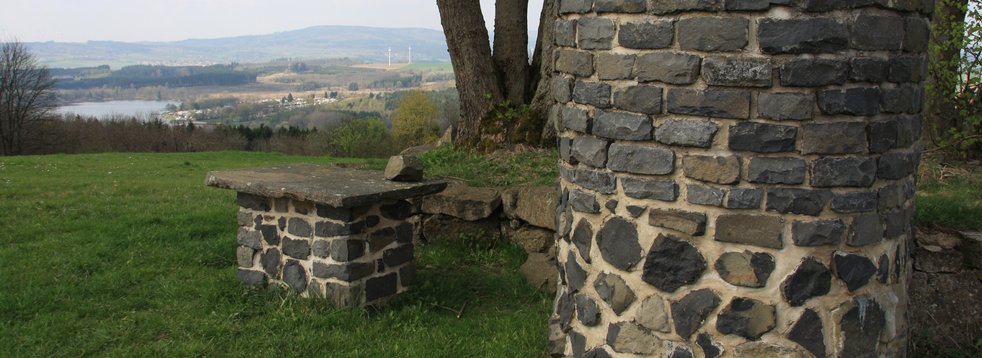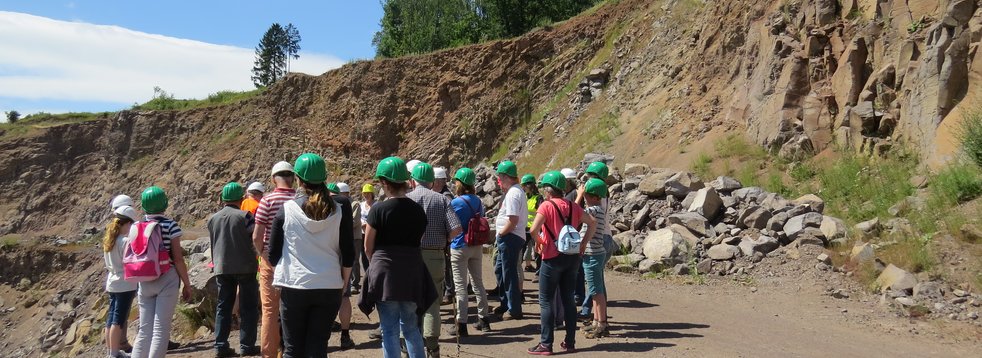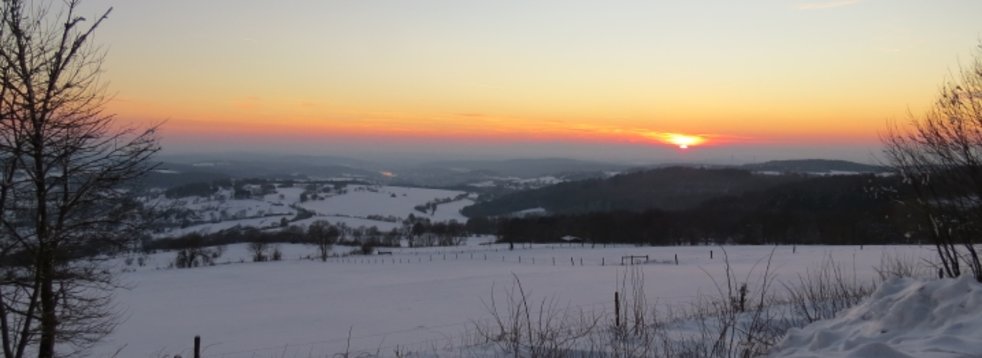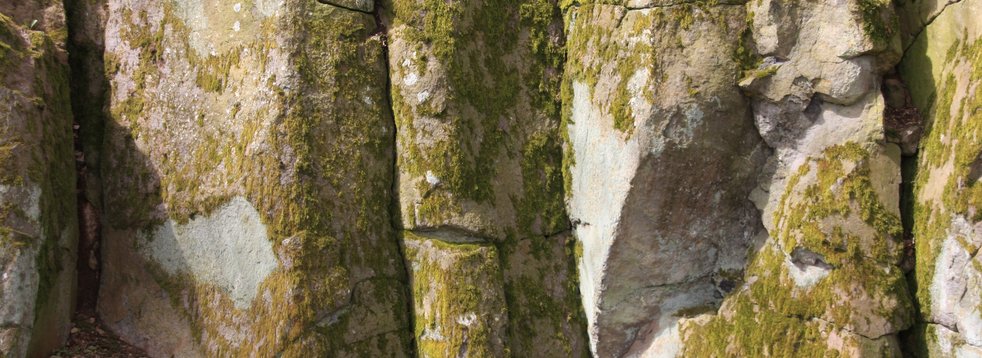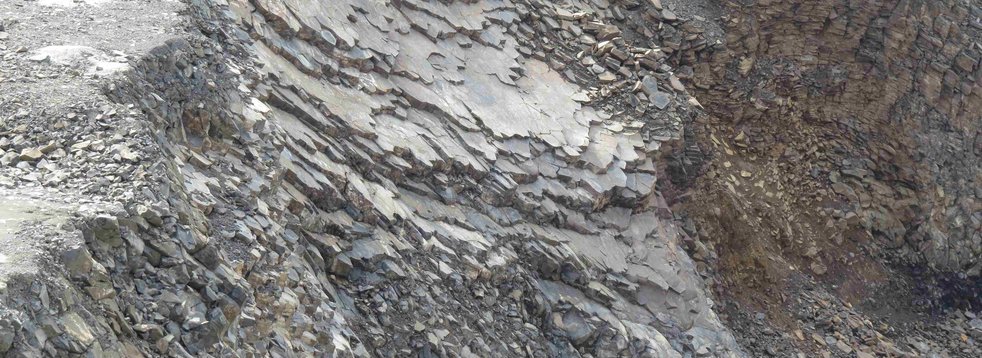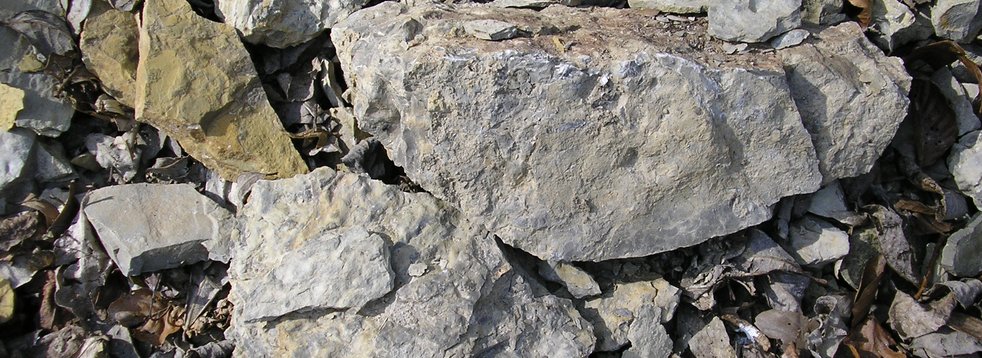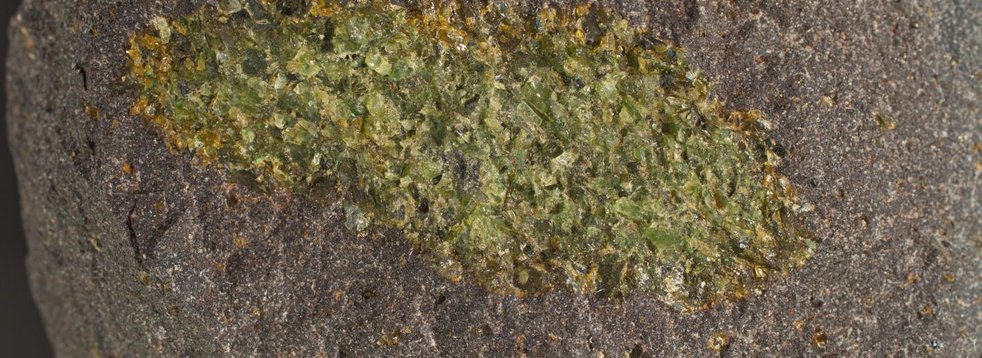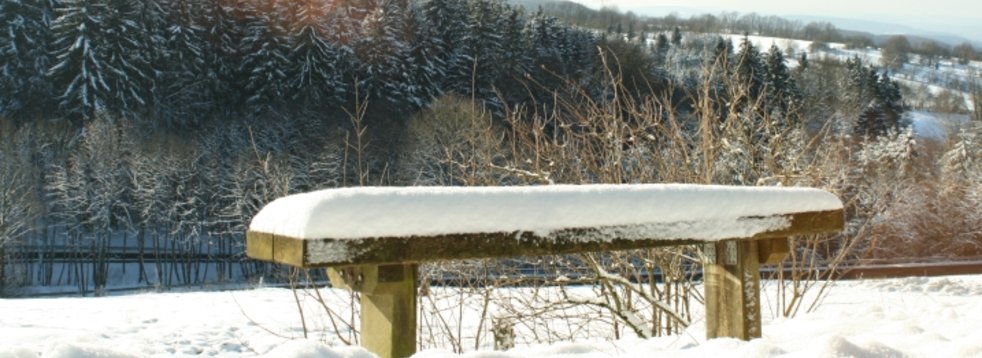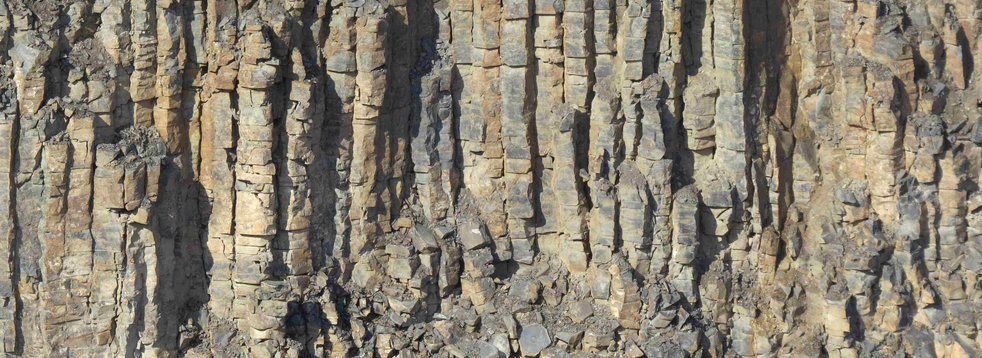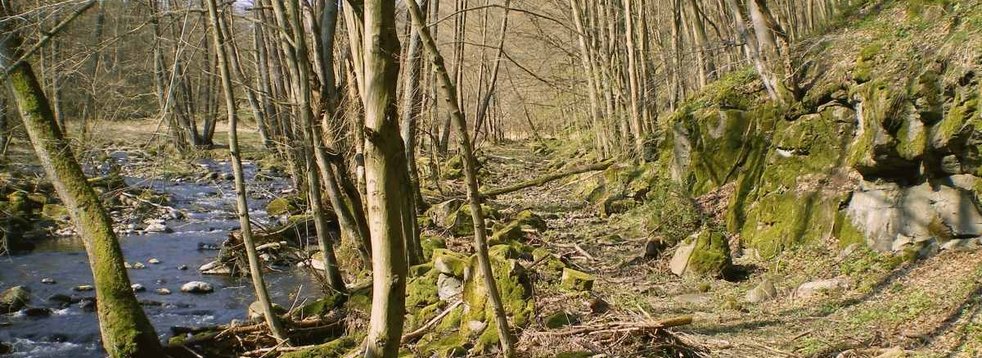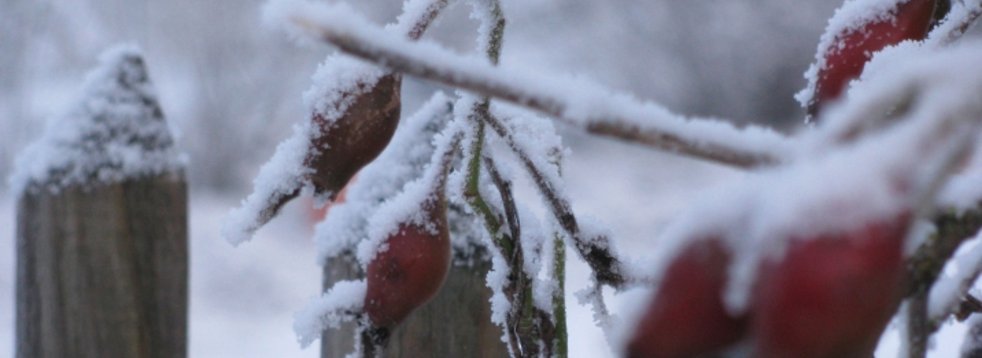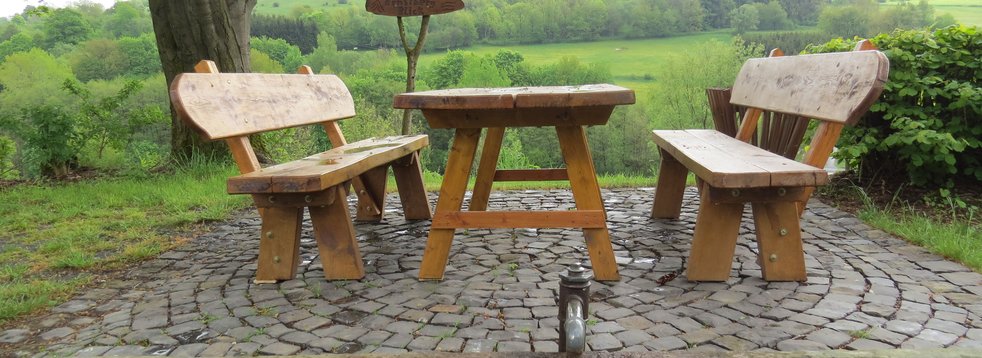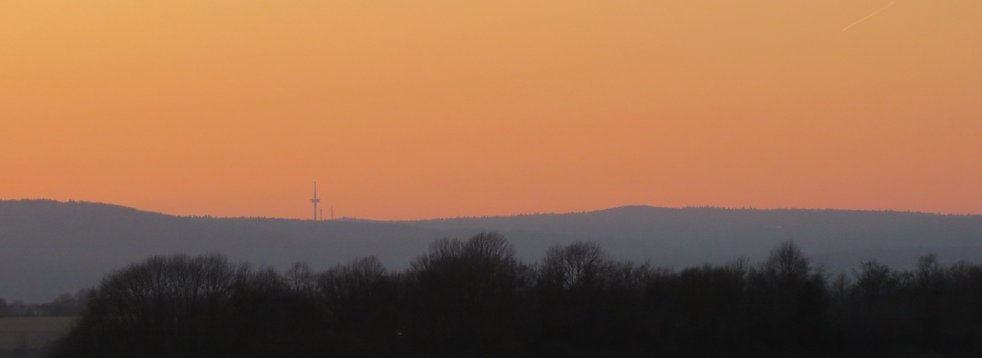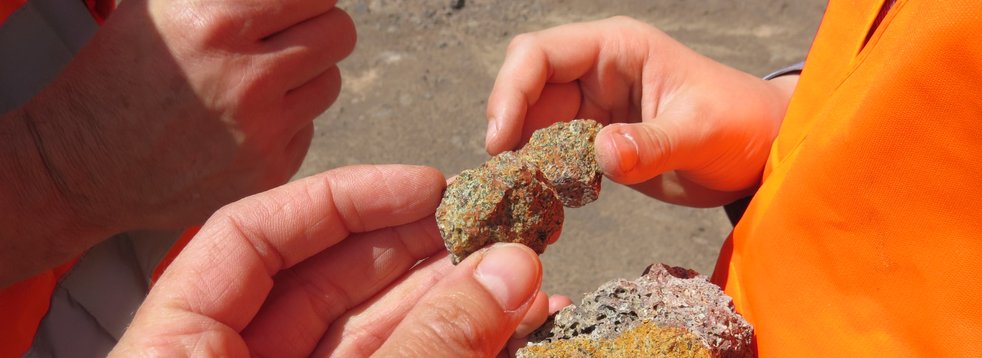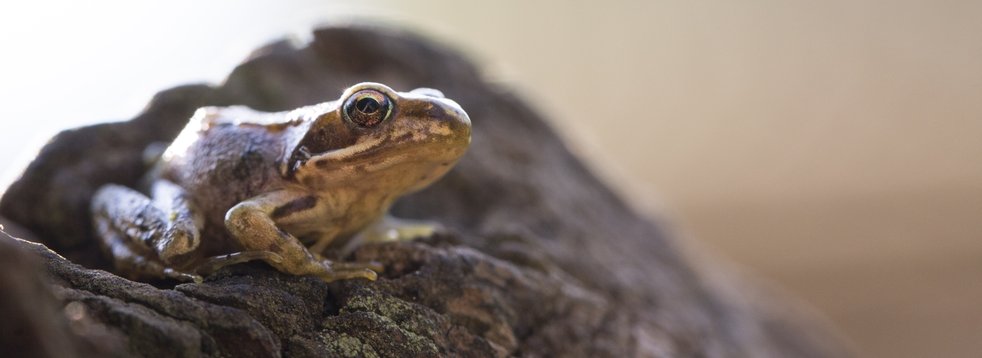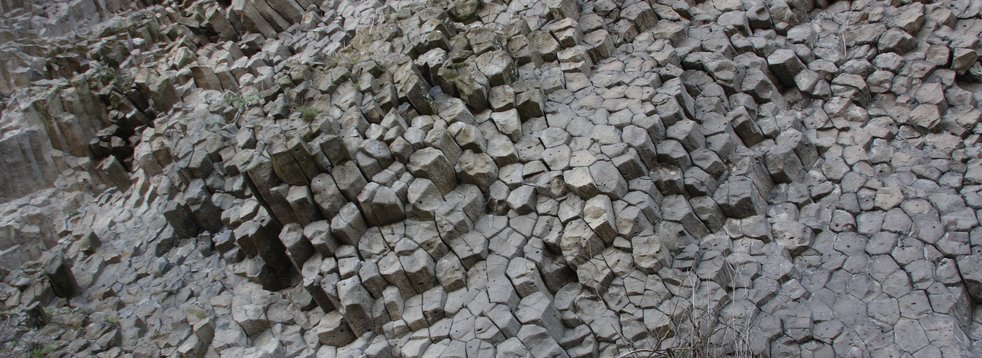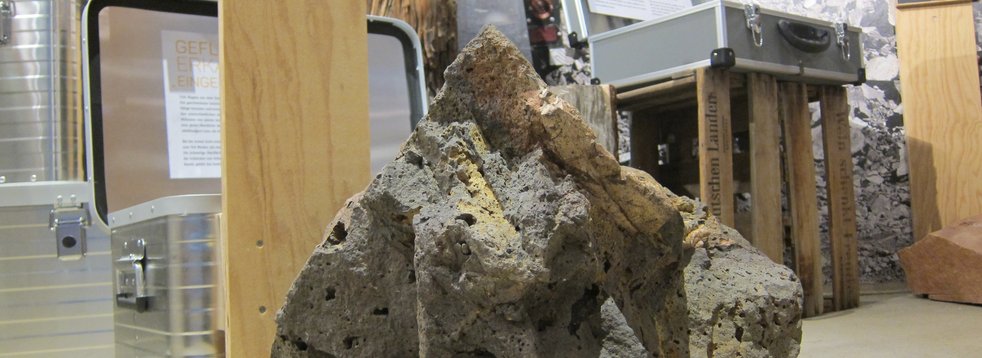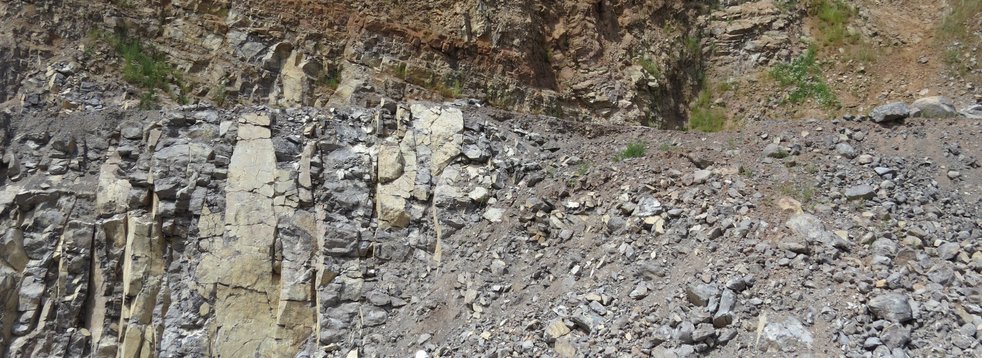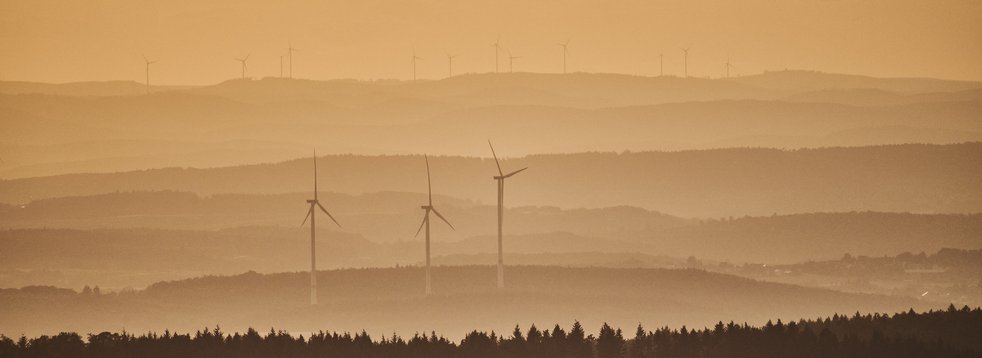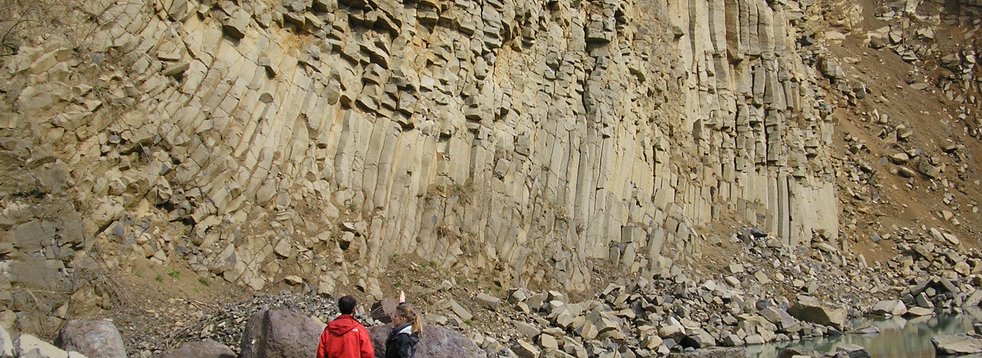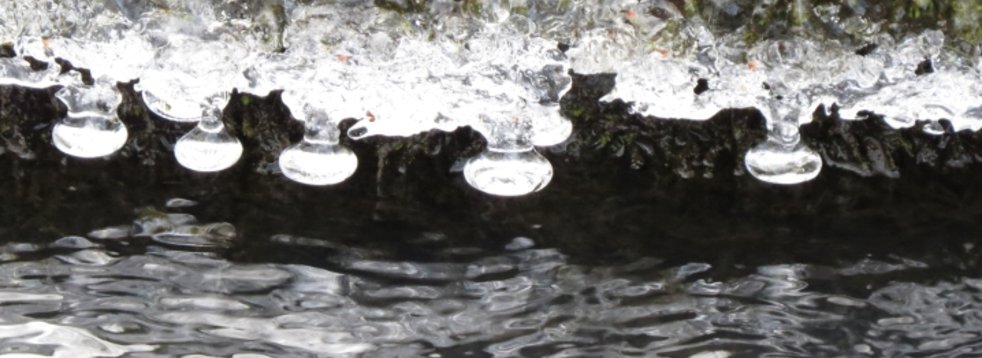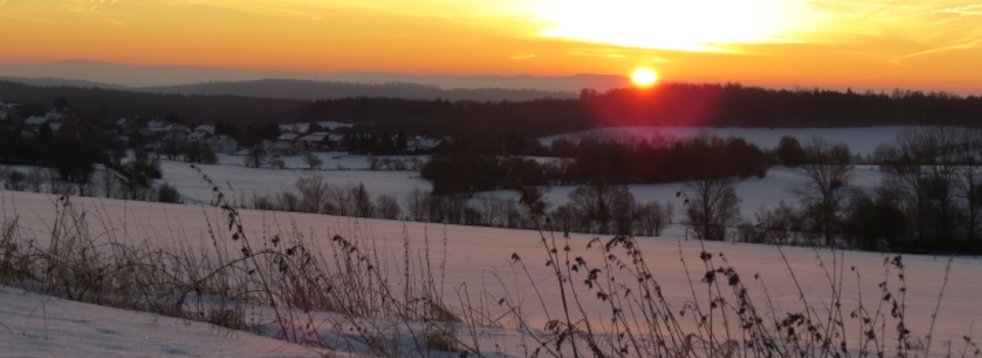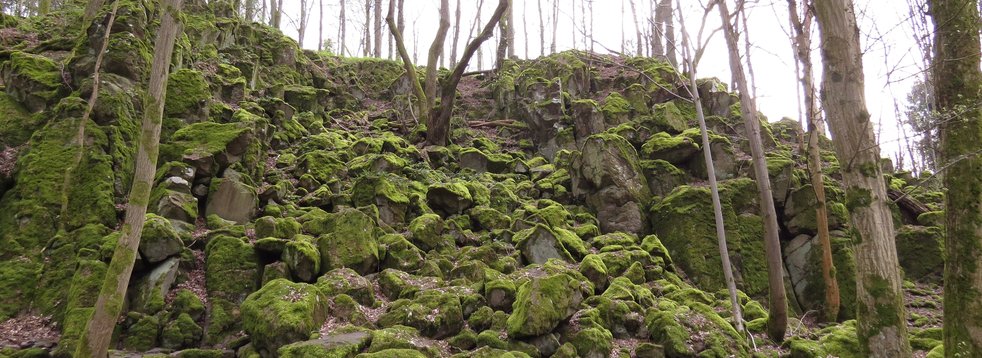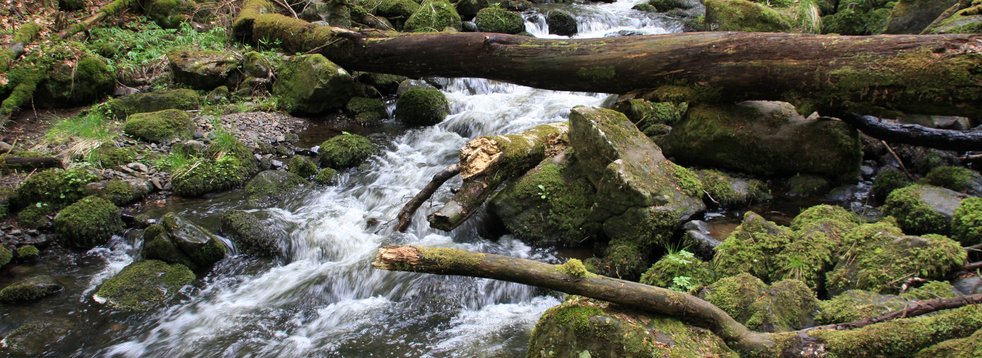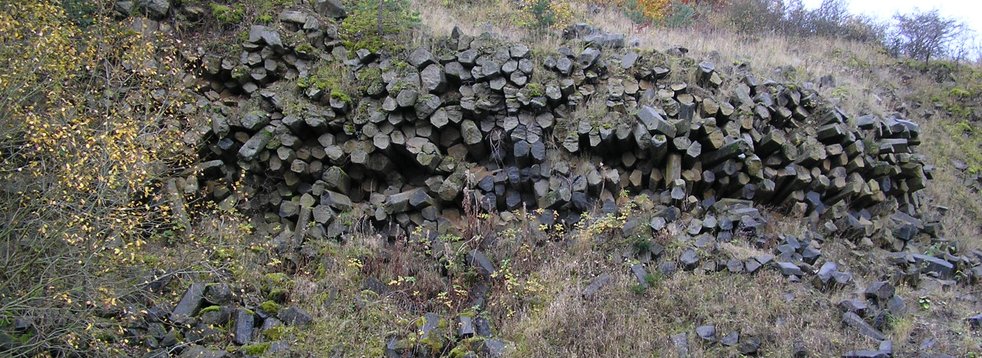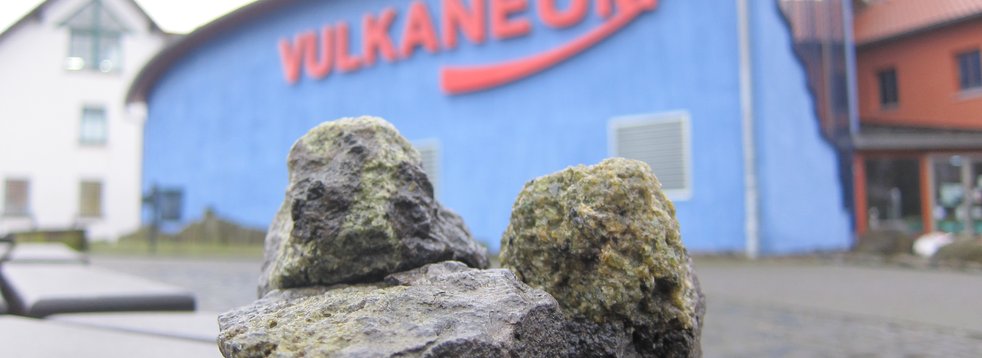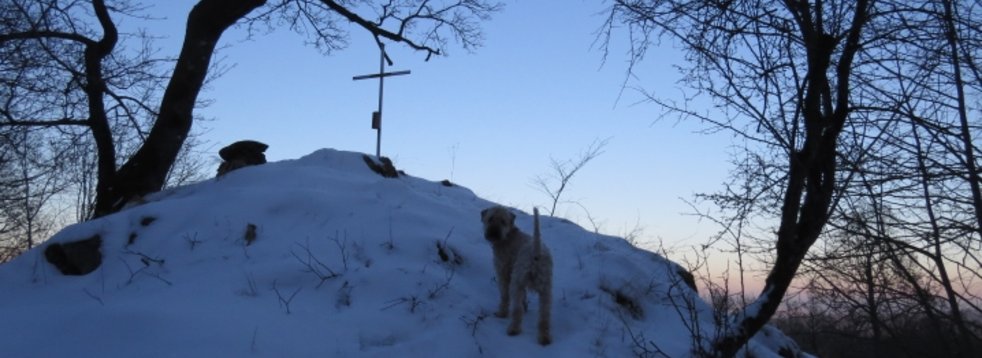Diatomaceous earth near Herbstein-Steinfurt
Did you know that the world's first mining of diatomaceous earth ("mountain flour") took place in the Vogelsberg?
Today inconspicuously hidden behind trees and bushes, the former mine for mining the extensive diatomaceous earth deposits is located in the district of Katzenklos near Herbstein - Steinfurt.
The site is currently privately owned and not open to the public. A single relic from the period of active mining is a dilapidated shed outside the private grounds.
Diatomaceous earth, also known as white earth, mountain flour, diatomaceous earth and silica flour, is a dry, whitish, porous and very light sediment made up of the casings of diatoms. They belong to the unicellular primeval plants and have appeared since the Triassic, i.e. the Earth Middle Ages about 250 million years ago.
The formation of the deposit can probably be attributed to a volcanic maar at the time of Vogelsberg volcanism, in which rain, ground and spring water collected to form a lake and diatom galleries were introduced. The tropical to subtropical conditions considerably promoted algae growth. About 100 plant species, such as leaf impressions from cinnamon trees, were found in Steinfurt and are partly exhibited in the Hohhausmuseum in Lauterbach.
As early as 1848, diatomaceous earth from the Katzenklos was tested for its composition and usability. With the construction of the connecting road from Steinfurt to Altenschlirf in 1853, the deposit was cut and found to be mineable. From 1855 onwards, the deposit was mined by hard manual labour, making it the world's first diatomaceous earth mine. It was regarded as the best in all of Germany. In 1954 the plant was shut down after about one hundred years. Due to its multiple usability, it was a sought-after basic material in the chemical industry, for example for cleaning agents, artificial fertilizers, filter material and even as a carrier material for nitroglycerine, the dynamite of inventor Alfred Nobel, whose name still carries the most important scientific prizes today. At present, there is only diatomaceous earth mining in Germany near Klieken in Saxony-Anhalt, after the mining sites in the Lüneburg Heath had become unprofitable.
Sources
Auth, Rudolf; Die Kieselgurlagerstätte Steinfurt-Altenschlirf im Vogelsberg; Manuskript des Autors und Herausgebers, Hofbieber 2016
Buchenblätter, 2015/3-4, Fulda
www.fuldaerzeitung.de/e-beilagen/buchenblaetter
Photo (1) & (2): Susanne Jost (2017)
Photo (3): Wolfgang Schiller, Institute for Geosciences Frankfurt

